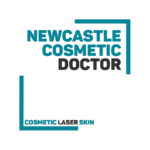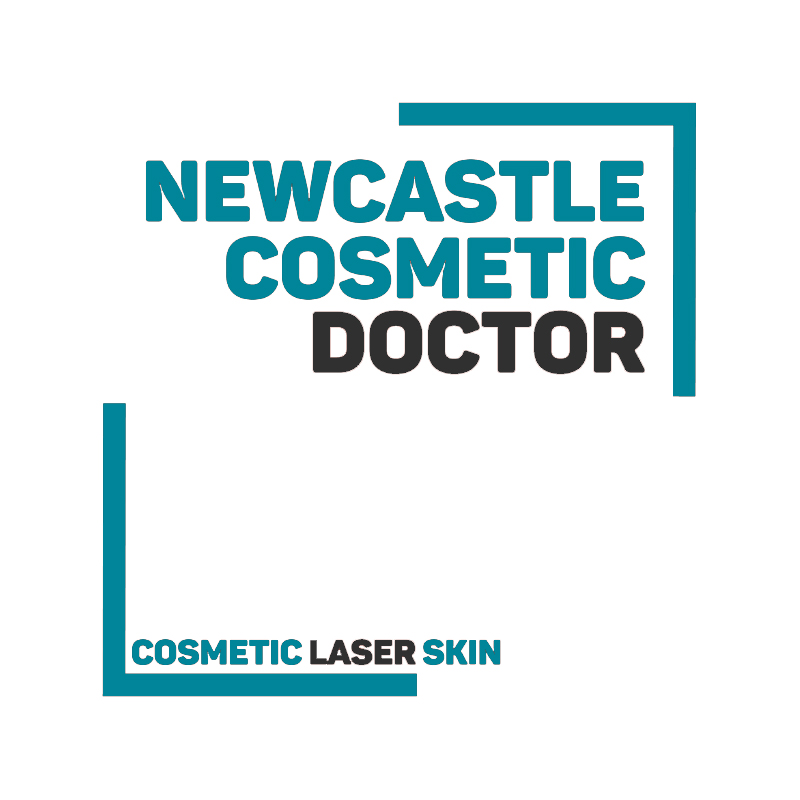Service: Fotona SP Dynamis (Nd:YAG 1064 nm) & StarWalker MaQX (QS 1064/532 nm ± dye 585/650 nm); also relevant to IPL/LHR devices used in clinic networks.
Cause / Mechanism
Paradoxical hypertrichosis refers to increased terminal hair growth in, adjacent to, or distant from areas treated for hair reduction. Proposed mechanisms include sub‑therapeutic heating of follicles (stimulation instead of destruction), inflammatory mediators, and recruitment of vellus follicles into anagen. Risk is reported more with IPL and long‑pulsed lasers when fluence is low or parameters are mismatched to hair/skin type. 1 2 3
Risk Factors
- Patient: darker phototypes (III–VI), olive/Mediterranean or Middle‑Eastern heritage, polycystic ovary syndrome (PCOS), hyperandrogenism, hormonal areas (face/neck).
- Hair/skin: fine/dark hair mix; vellus hair bordering coarse hair; tanned skin.
- Device/technique: low fluence/short pulse, large spot sizes without overlap control, treatment at margins causing sub‑lethal heating, inadequate cooling. 1 2 3
Signs & Symptoms
- Gradual increased hair density/length or conversion of vellus to terminal hairs in treated/adjacent areas within weeks to months post‑treatment.
- Often peri‑mandibular, sideburns, jawline, neck, and upper arms/shoulders.
- May coexist with insufficient primary hair reduction response. 1 2
Prevention
- Appropriate device selection (e.g., Nd:YAG 1064 nm for darker skin types) and parameter optimisation (fluence, pulse width, spot size) based on hair calibre and skin type. 1 3
- Avoid treating very fine vellus hair with high‑energy devices; consider alternative methods (electrolysis, depilatories) for vellus‑dominant zones.
- Ensure adequate epidermal cooling; avoid treating on fresh tans; strict photoprotection pre/post.
- Use precise field boundaries; avoid sub‑therapeutic passes over adjacent vellus areas.
- Patient counselling: document rare risk of paradoxical growth in consent. 2
Management Protocol
Assessment:
- Confirm true hypertrichosis vs. normal regrowth; map hair density/photographs; review prior parameters, skin type, hair calibre.
- Screen for endocrine drivers (e.g., PCOS) if pattern suggests androgen excess; liaise with GP/endocrinology. 2
Treatment Options:
- Adjust laser strategy: increase fluence within safety limits, lengthen pulse appropriately, reduce spot size for precision, use Nd:YAG 1064 nm for darker phototypes. Test spots first. 1 3
- Limit treatment to coarse terminal hairs; avoid adjacent vellus areas.
- Consider alternative modalities for fine hair: electrolysis (thermolysis/Blend), topical eflornithine 13.9% (where available) for facial hair reduction, waxing/threading while planning definitive therapy. 2
- If extensive/worsening despite optimisation, discontinue laser hair reduction and switch to alternative modalities; re‑evaluate in 3–6 months.
Follow‑up:
- Review at 8–12 weeks; reassess density/diameter with standardised photographs.
- Update consent and discuss expectations; document all parameter changes and outcomes in Laser Log. 1 2
Sources
- DermNet NZ. Paradoxical hypertrichosis after laser hair removal — overview, risk factors and management., viewed 7 October 2025, https://dermnetnz.org/topics/paradoxical-hypertrichosis ↩︎
- Australasian College of Dermatologists (ACD). Excess hair and hirsutism resources; clinician education on hair reduction and endocrine causes., viewed 7 October 2025, https://www.dermcoll.edu.au ↩︎
- ARPANSA. Advice for providers: cosmetic lasers/IPL — device choice, skin type considerations and safety., viewed 7 October 2025, https://www.arpansa.gov.au ↩︎


